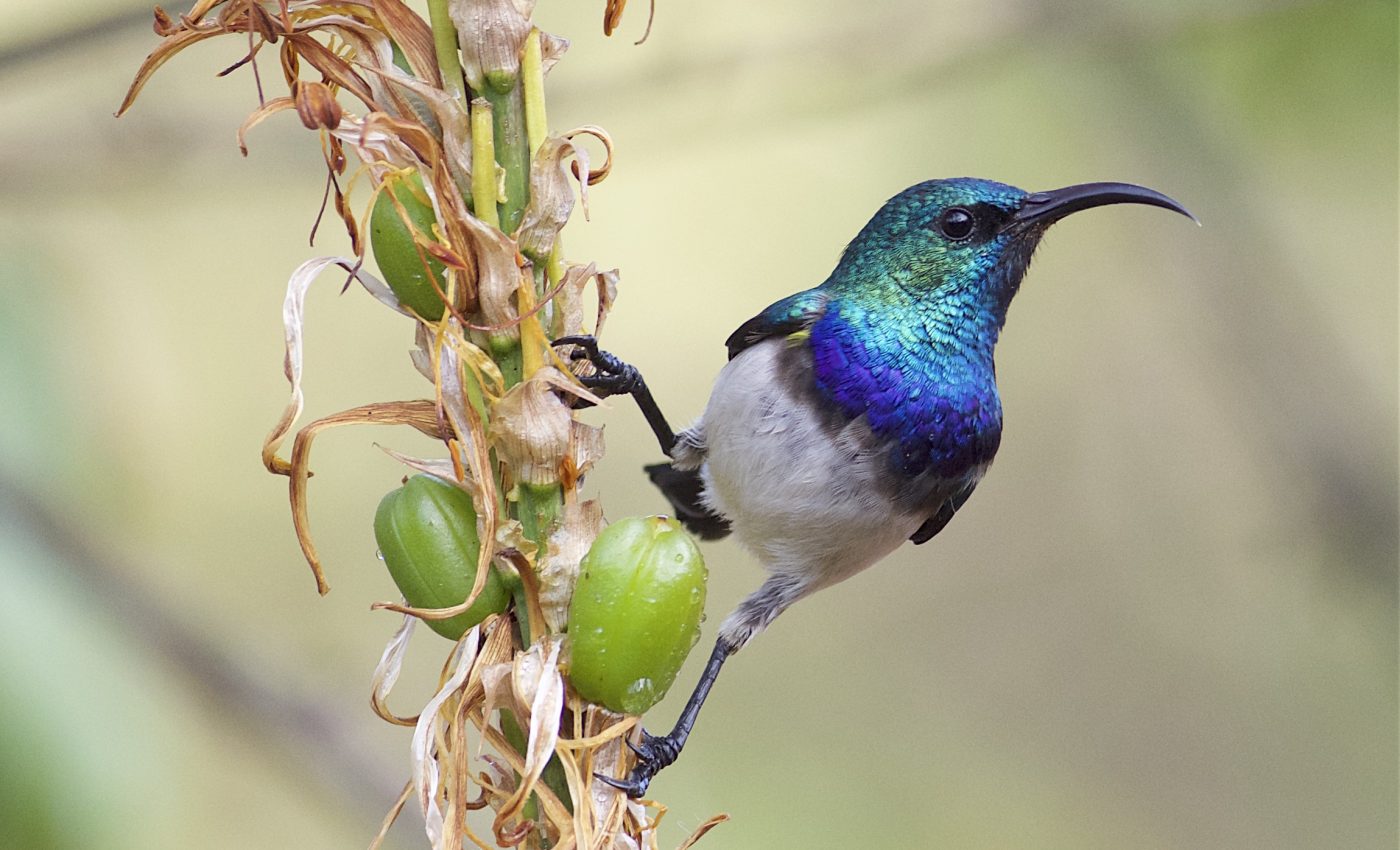
New perching bird family tree reveals complex diversification process
A team of scientists from Louisiana State University led the reconstruction of a family tree connecting all major lineages of perching birds, also known as passerines. The tree includes over 6,000 diverse species, and was pieced together using information from 221 bird specimens from 48 countries, and 56 tissue samples from the LSU Museum of Natural Science’s Collection of Genetic Resources. The tree will be published in Proceedings of the National Academy of Sciences on April 1st.
Furthermore, scientists were able to extract DNA that represents all passerine families and sequence it to see how passerines are related and how they diversified throughout history.
“In addition to inferring how these species are related, our in-depth study found that changes in global temperature or colonization of new continents were not the sole drivers of passerine diversification, as previously suggested,” said lead author Carl Oliveros, a postdoctoral researcher in the LSU Department of Biological Sciences. “Instead, our results indicate more complex mechanisms were at play to spark bursts of passerine speciation around the globe.”
Over the past 30 years, the number of known passerine families has spiked from 46 to 137. Of those new families, Oliveros and his team identified two new African passerine species (Green Hylia and the Tit-hylia) as well as locate molecular support for the recognition of five additional passerine families previously proposed in other studies, thus bringing the new total number of passerine families to 143.
“In our ongoing work piecing together the evolutionary history of all bird species, natural history museum research collections like the one we have here at the LSU Museum of Natural Science have been absolutely essential,” said co-author Brant Faircloth, an assistant professor in the LSU Department of Biological Sciences and a faculty associate at the LSU Museum of Natural Science.
“By sequencing DNA from these invaluable specimens using new technologies,” he continued, “we can begin to understand how species evolved over the course of millions of years at a resolution that is unprecedented.”
“This study showcases the critical importance of museum collections in explaining the living world,” said David Cannatella, a program director at the National Science Foundation. “By integrating modern, cutting-edge analysis of bird specimens with the legacy of natural history, the authors have uncovered valuable insights into how Earth history has influenced species diversity and what it means for the future of life on Earth.”
Oliveros notes that this reconstruction of the passerine family tree is just the beginning of what scientists can do for other bird species in the future.
—
By Olivia Harvey, Earth.com Staff Writer
Main Image Credit: Daniel J. Field, University of Cambridge














